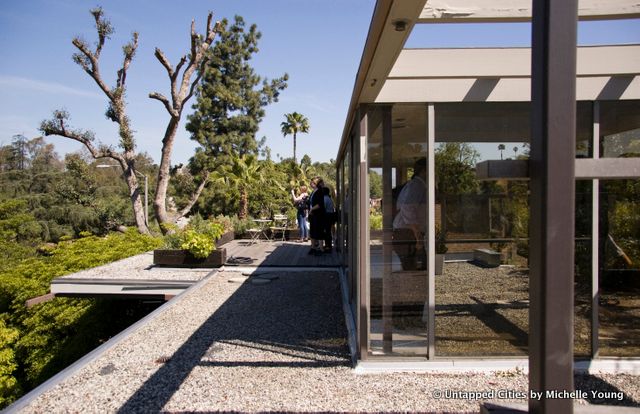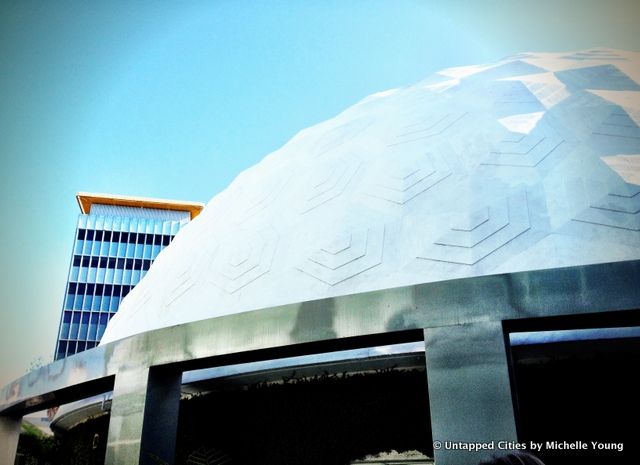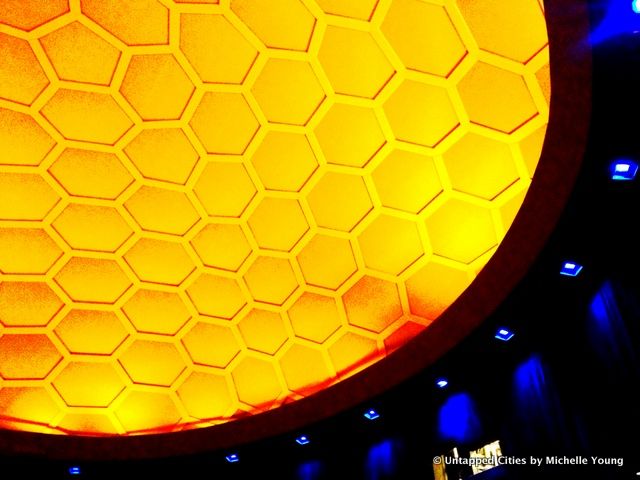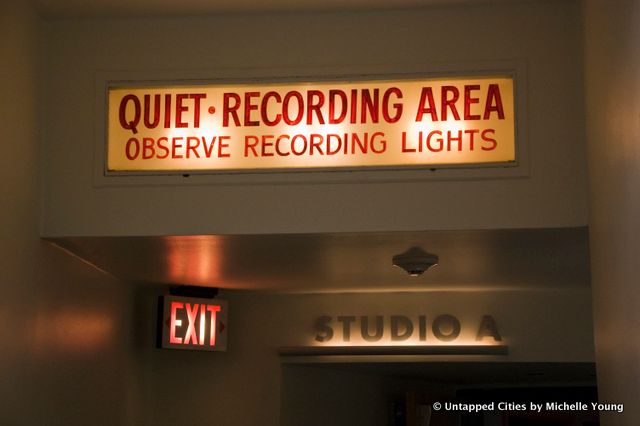Last Chance to Catch NYC's Holiday Notalgia Train
We met the voices of the NYC subway on our nostalgia ride this weekend!



It’s easy to make simple planning and architectural generalizations about Los Angeles: that it was built only for the car. That it’s a fundamentally suburban city. That it lacks an effective mass transit system. These statements mask the complexity and contradiction of the city, something we hoped to unravel a little more through this month’s Los Angeles City Spotlight on Untapped Cities.
A disappearing architectural legacy that helps dispel the notion of a physically homogeneous Los Angeles is the city’s Modernist heritage, which reflects a period of visionary thinking in conjunction with the excitement of the Space Race, a post-war population boom and the rapid development of the freeway system. “Modern architecture thrived under such conditions, rending a city peerless in its complexity, form and style,” contended the printed guide on our LA Modernist mobile workshop with the American Planning Association during its annual national conference.
Below is a sampling of Modernist architecture that should not be missed in a tour of Los Angeles.

The Cinerama Dome in Hollywood was built based on R. Buckminster Fuller’s geodesic dome design by Pacific Theaters, Inc. and is the only concrete geodesic dome of its kind in the world. The theater sat 1000 guests, optimized for sight lines and acoustics.

Preservationists successfully fought to save the theater from demolition when Pacific Theaters announced a $60 million shopping center and multi-theater complex. In the final plan, the entertainment facility was built around the original theater, currently operated by Arclight, while leaving it free standing.

The Capitol Records Building was constructed by EMI in 1956 to resemble a stack of records, making it the first circular office tower in the world. Its recording facilities, including the famous Echo Chamber (designed by Les Paul) are still operational today. There are plans for a mixed use complex to be built around the Capitol Records Building but the iconic building and the views to it will be preserved (attention also paid to ensuring no damage to the acoustics will occur during construction).




This experimental house up in Silverlake by Richard Neutra and his son Dion Neutra was designed to demonstrate that “privacy, space efficiency , and progressive design could not only be affordable, but also achievable despite floor area constraints and dense surroundings.” The original house, constructed in two phases in 1932 and 1940, was almost entirely destroyed in a 1966 fire. Design elements that responded to the environment were added in the 1966 reconstruction, including cool roofs, reflective glass and pools and sliding doors.

Development pressures and funding issues continue to threaten the city’s Modernist architecture but the work of the Los Angeles Conservancy and the Modern Committee, along with the city’s Cultural Heritage Ordinance in 1962, collectively seek to protect this period of the city’s legacy. The tour concluded:
To some, the very idea of preserving Modernist structures is fraught with irony. After all, Modernism by definition rejects the kitch and nostalgia of times past, embracing function and relevance above all else. Furthermore, the move to preserve designs from an era that valued an autonomous, auto-centric lifestyle may not be in life with the city’s increasingly environmental and community-oriented objectives. However paradoxical the goal of preservation may seem in a city like Los Angeles, our city’s Modern legacy is a unique and undeniably important one, deserving of critical attention and thought.
A selection of other Modernist architecture to check out in Los Angeles:
Get in touch with the author @untappedmich. Read more from the Untapped Cities LA Spotlight.
Subscribe to our newsletter